After seeing the top stitch example, I decided to do some pad stitch independently. And it really turns out the way I read about it 😍 but you know I can’t stop with just one experiment 😜
I had to try various top stitching patterns to satisfy my curiosity, and they were worth spending time on. While doing so, I thought, why not share this pattern with my sewinginspo readers?
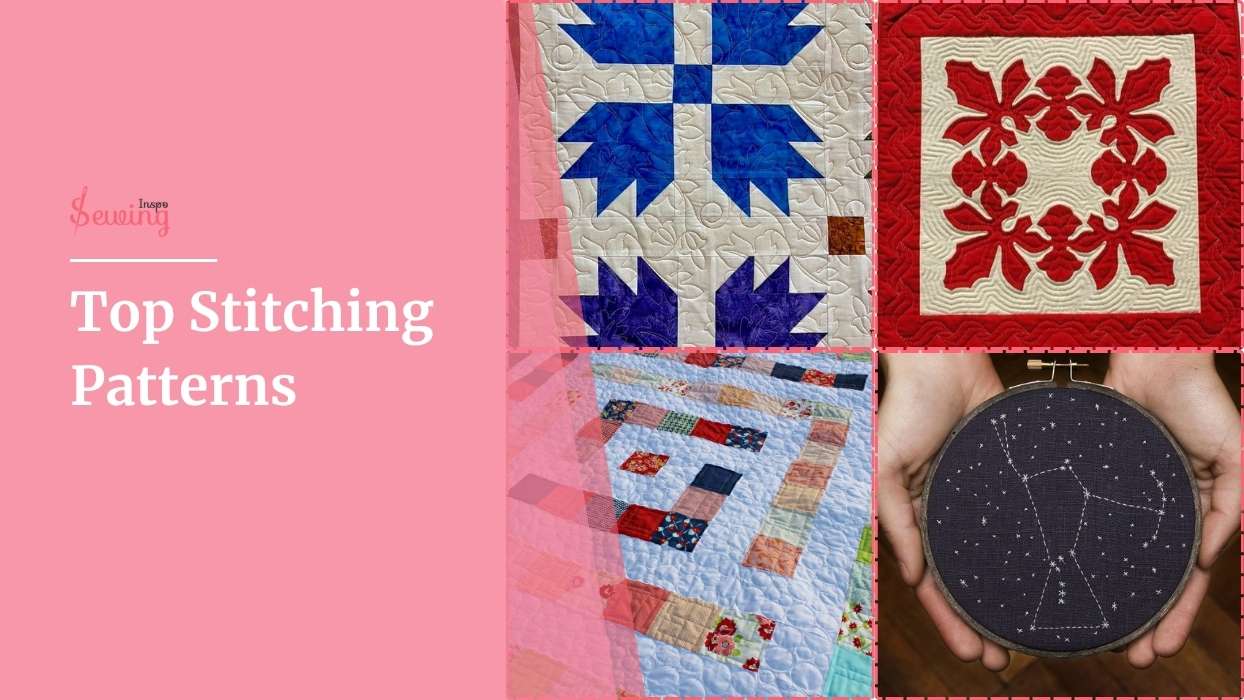
I know they also looking for patterns to practice on. So why not help them out? So there you go.
Table of Contents
Types Of Topstitching
Top stitch sounds so simple, but it has more shades than you can imagine. If you use each type correctly, then it can bring out some eye-catching design. Here are 8 types of top stitch designs i use for embroidery.
- Half Loop Top Stitch
- Single Top Stitch
- Double Top Stitch
- Off-Seam Topstitching
- Topstitching With A Flap
- Triple Topstitching
- Shadow Topstitching
- Raised Or Trapunto Topstitching

Each of the top stitch design is worth giving a try. Some of them is also suitable on fabric rather than on seam allowance.
Top Stitching Patterns For Beginners
Top stitching is fun and easy, no matter which type of top stitch you are working on.
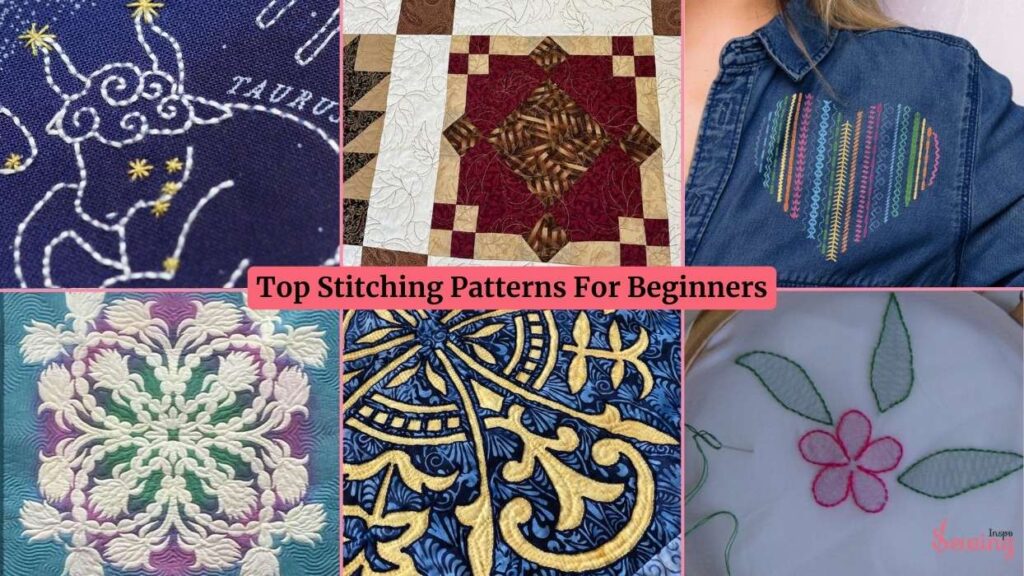
But since I like to twist things up, I did with this stitch, too. 😜 Here is the result, top stitching patterns. You can use my top stitching ideas.
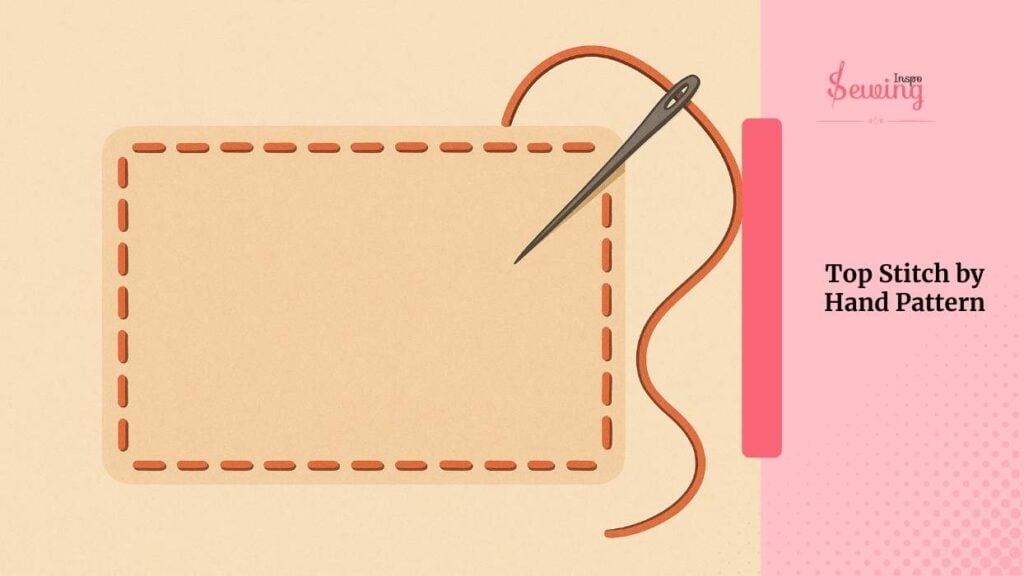
Broken Spirals
For this pattern, I started by lightly marking a spiral with chalk, leaving intentional gaps in the spiral lines to create a “broken” effect. I did a single top stitch seam on it.
I followed the guide with a straight stitch, pausing at each gap before continuing. The result was a whimsical, modern pattern that added movement and personality to the fabric. It was a fun conversational piece, too! The length is also so perfect.
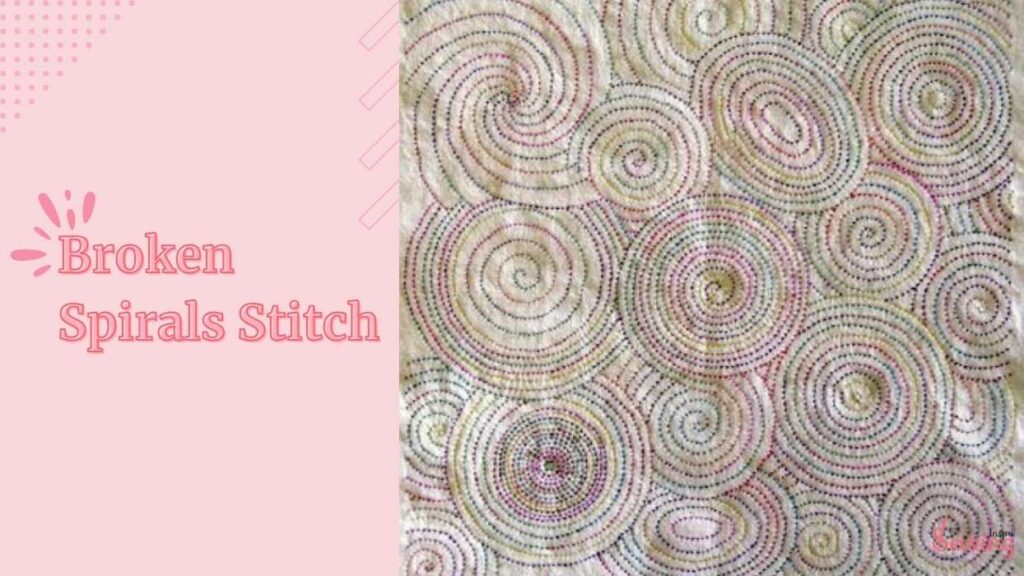
Someone asked me, “How did you get that uneven swirl to look so intentional?” and I got to share my technique. Just use the right top stitch and you are ready to shine.
Rippled Shadows
I created this pattern by stitching a wave line first and then echoing it with a second line just a few millimeters away. To give the decorative topstitching depth,
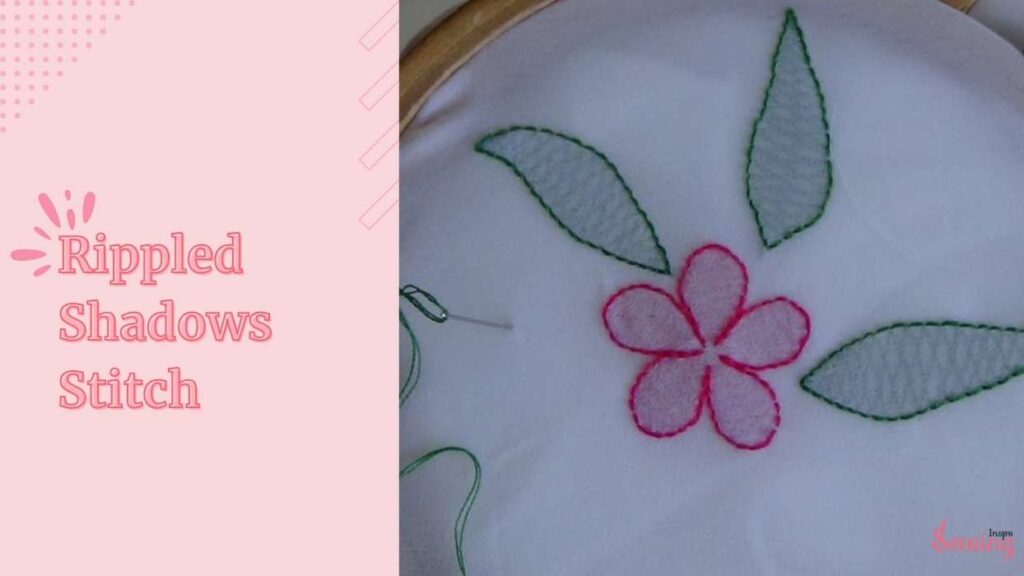
I switched to a slightly darker topstitching thread for the echo stitch, creating a shadow effect. Just use the right top stitch needle and follow the pattern.
This one got much attention, with friends commenting how it looked like flowing water on fabric. It’s a simple idea, but the effect is stunning and unique. You can try half loop stitch on this pattern too.
Constellation Dots
I used a star template but didn’t connect the dots with lines. Instead, I stitched tiny stars and dots randomly across the fabric to mimic constellations. I sometimes use this stitch to top stitch leather too.
I explained to someone that stargazing inspired me and wanted to bring a dreamy vibe to my project. It’s easy to do it; you need the right topstitching needle. It turned out to be a conversation starter. People loved identifying shapes like the Big Dipper in my work.
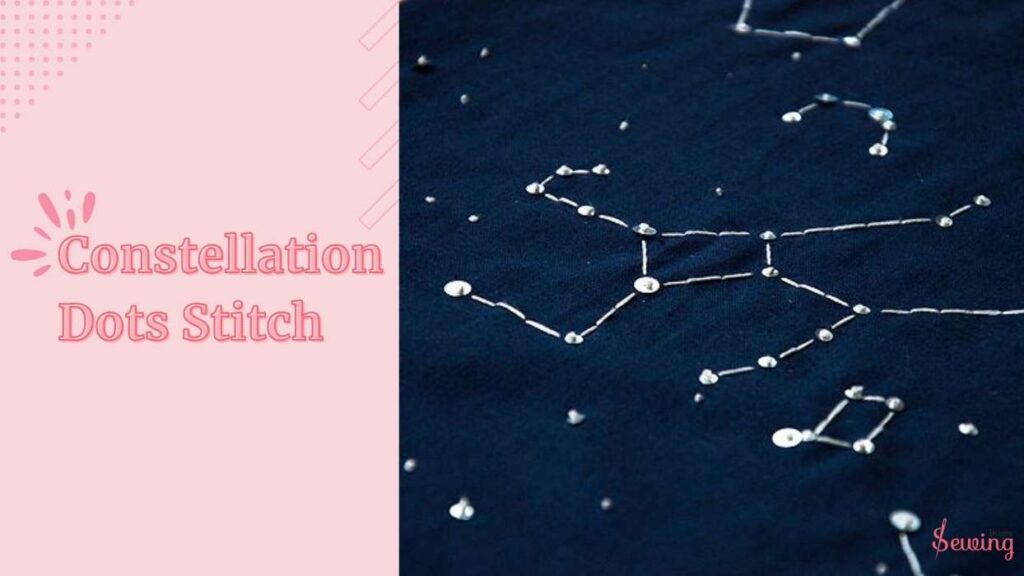
And people keep asking me which type of stitch I work on this. 😎
Organic Veins
Inspired by leaves, I stitched one central line and added irregular, branching lines on either side to mimic veins. I didn’t use a ruler or guide. I allowed the lines to look naturally uneven. And that creates the perfect decorative top stitching or straight stitch.
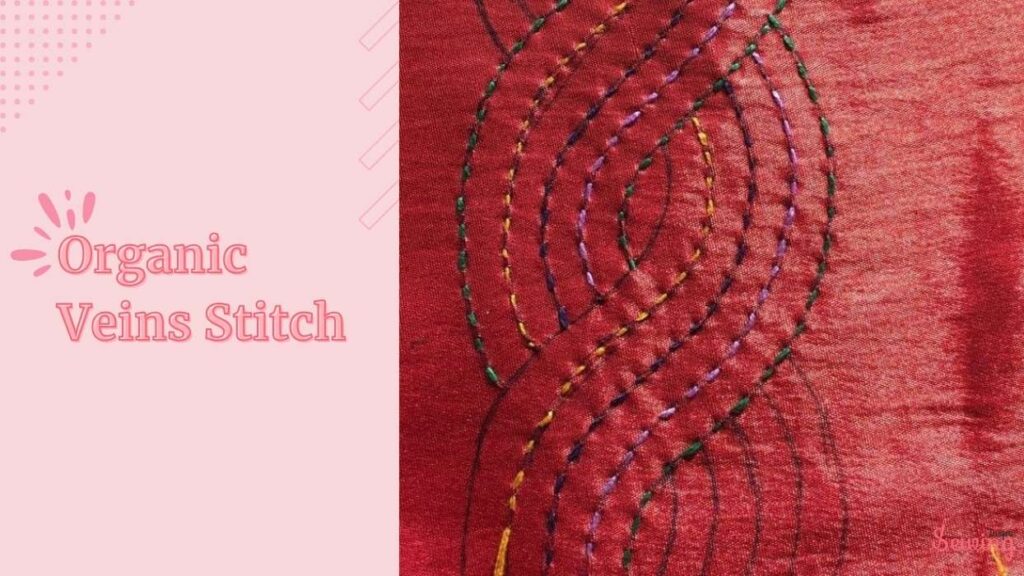
A friend joked, “Did you grow that on the fabric?”😜 because it looked so organic. I loved how the freehand nature of this pattern kept it fresh and imperfectly perfect.This is the perfect decorative stitch.
Patchwork Maze
I stitched random, interconnected straight and right-angled lines to create a maze-like design. The trick was to make it look unplanned but still balanced. I told a curious friend that the pattern was a “controlled mess,” which made them laugh.
It’s one of my most playful designs, and people can’t help but trace the paths with their fingers. This goes even perfectly with a double top stitch.
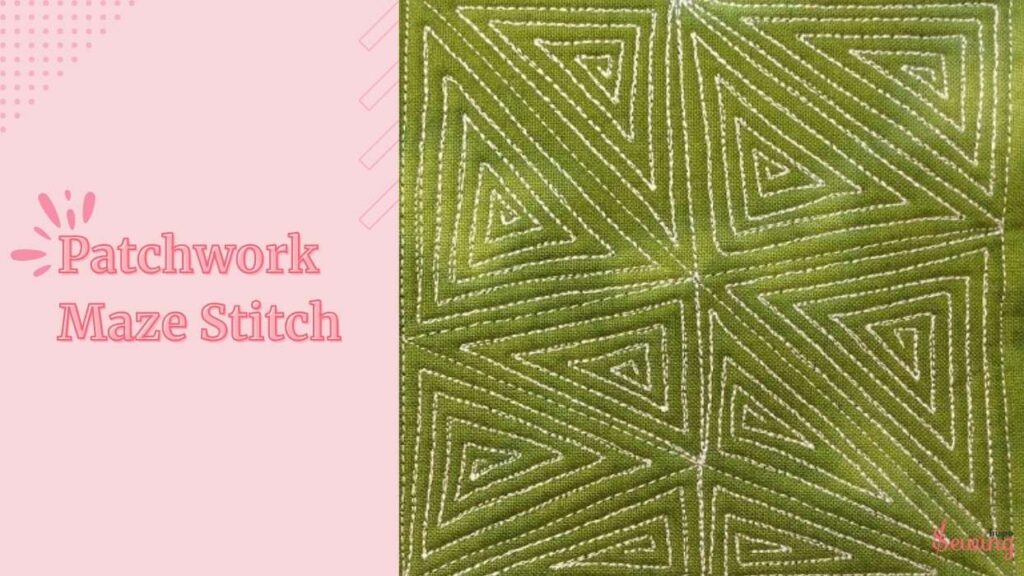
Floating Hearts
This pattern featured small, scattered hearts stitched across the fabric with gaps in between to give the illusion of floating.
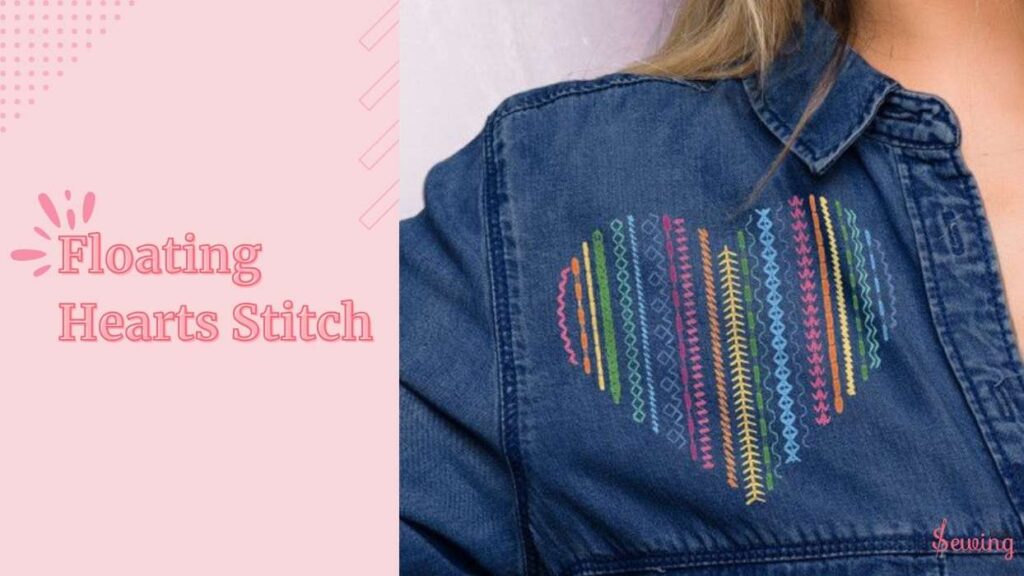
I started by freehand drawing the hearts with a chalk pencil, then followed the outlines with a simple straight stitch. Someone pointed out how it reminded them of love letters and gave the fabric a romantic touch. Better than edge stitching. That’s why pick topstitch between edge stitch vs topstitch.
Top Stitch Design
Is the above one still hard for you? No worries, here are a few simple ideas for you.

Top Stitch Diagram
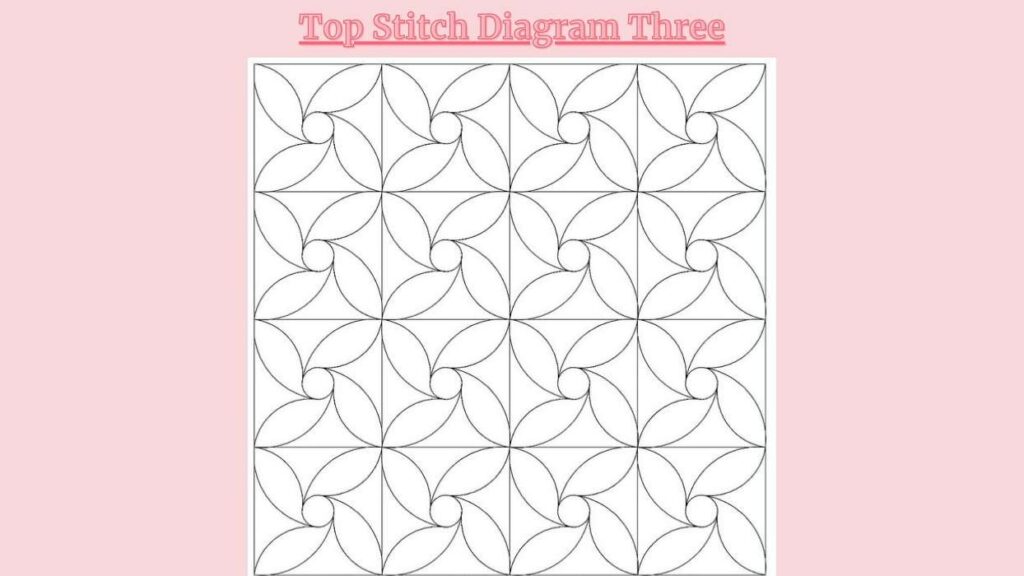
As a beginner, my craft work seems overwhelming. Dont panic. Start with an easy one. Here are a few easy top stitch diagrams to practice.
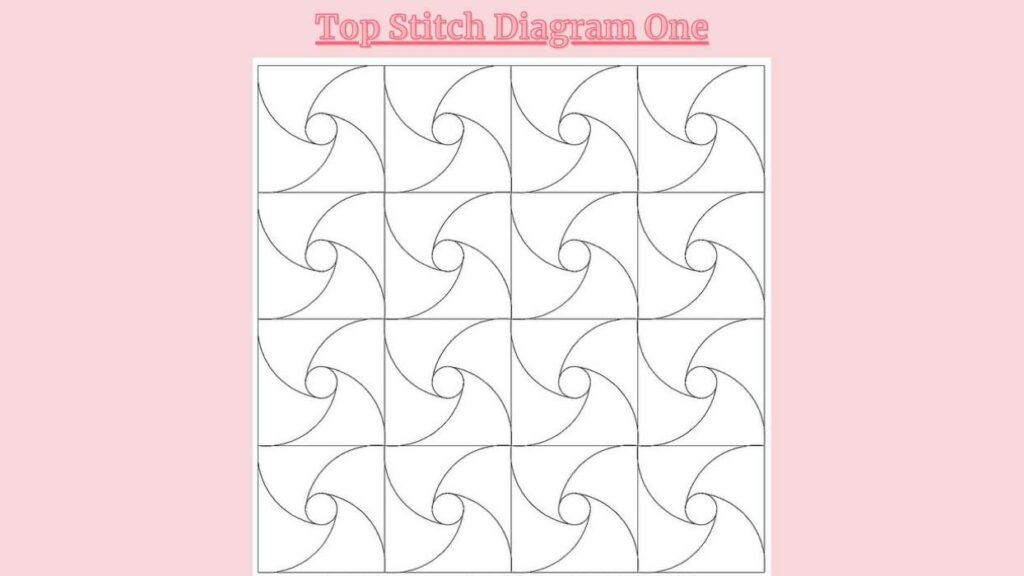
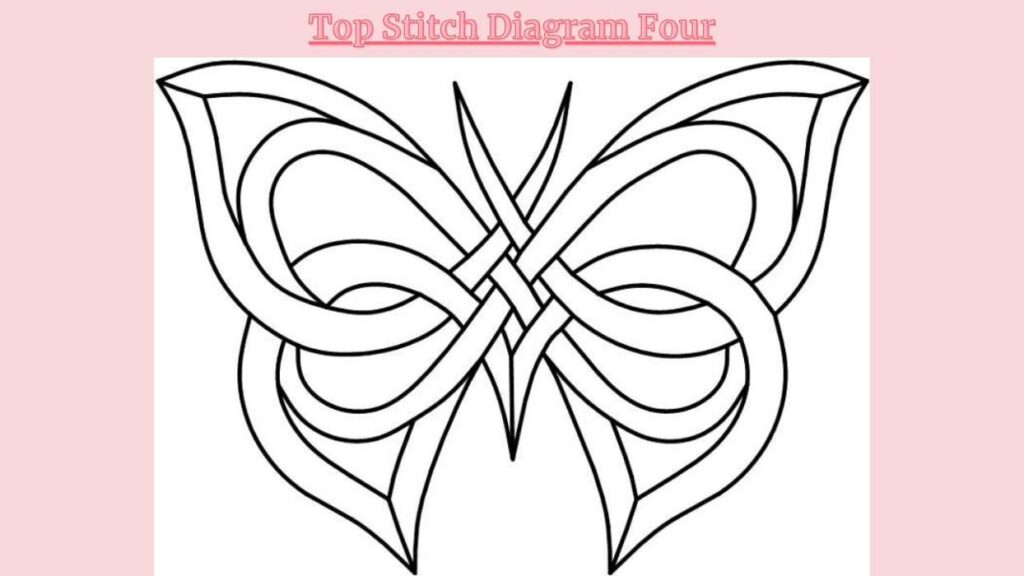
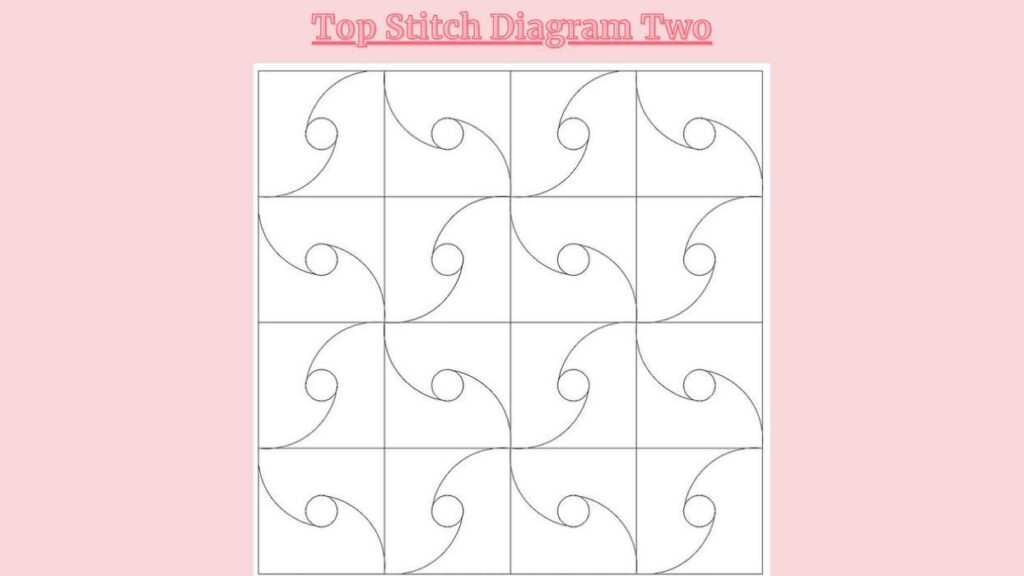
Half Loop Top Stitch Pattern
If you want to try something different, try this looped topstitch pattern.

Top Stitching Patterns For Quilts

Not a Stitcher lover? Are you into quilts? No worries, you can use the topstitching pattern there too.
Top Stitching Patterns Pdf
Did I give you an idea? I know I did 😎 I will help you further with this PDF. Download this and practice on your own.
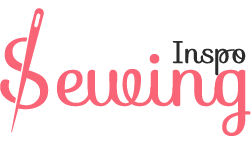
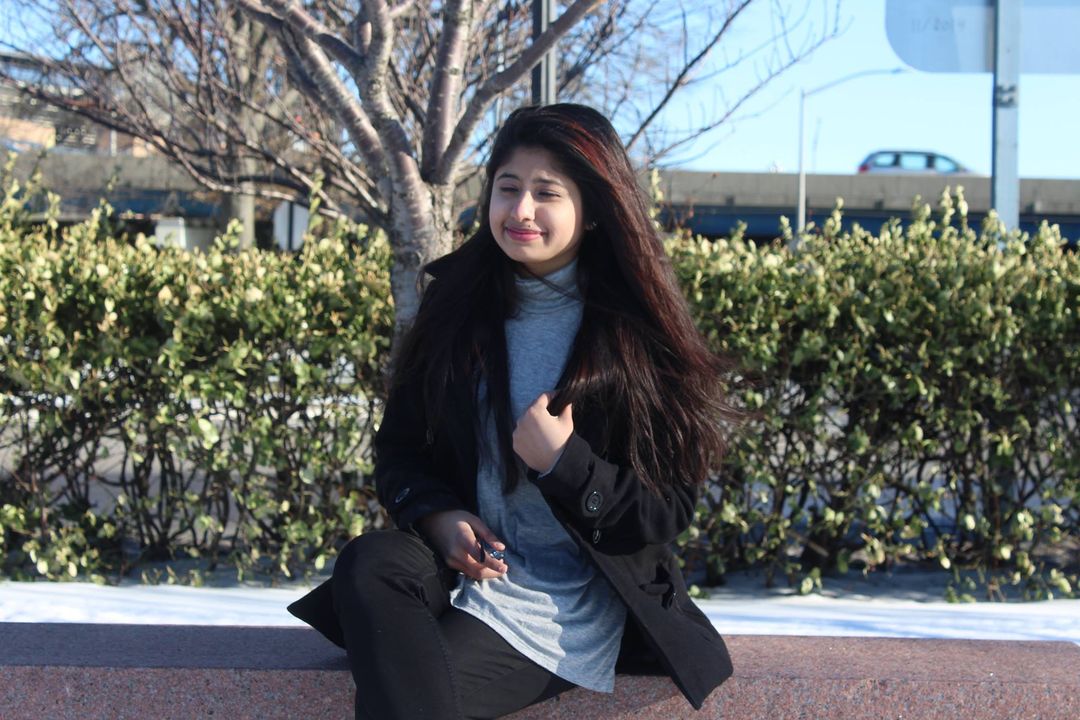
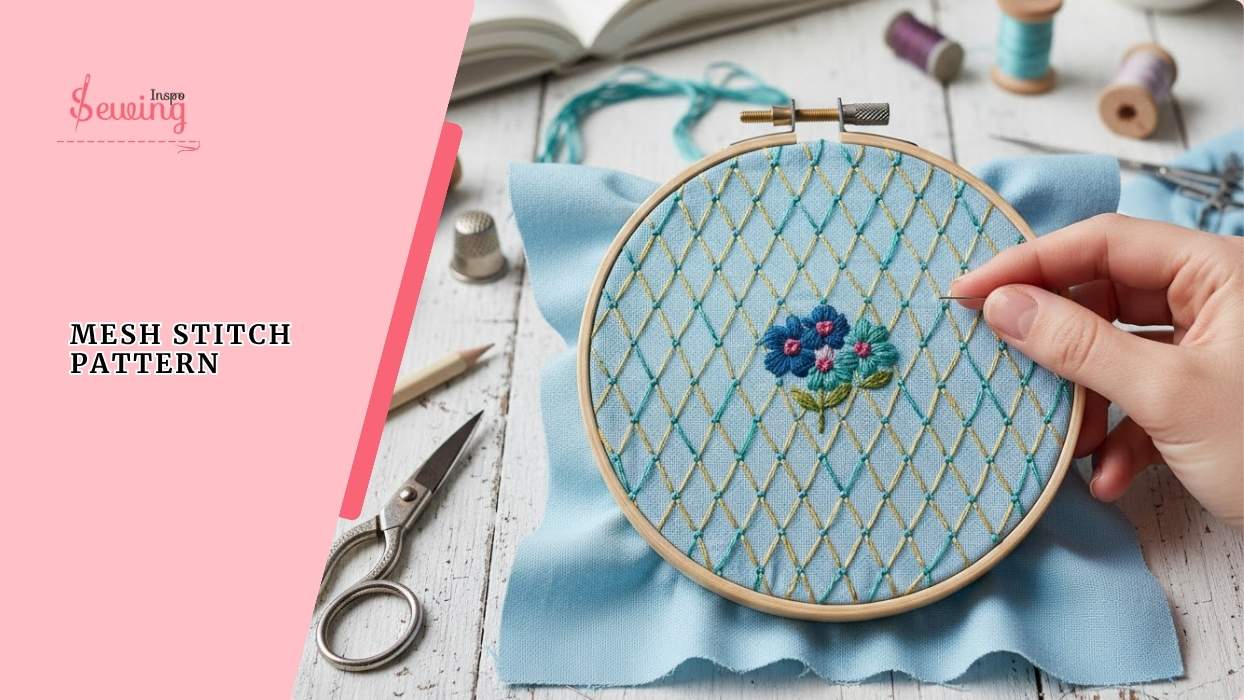
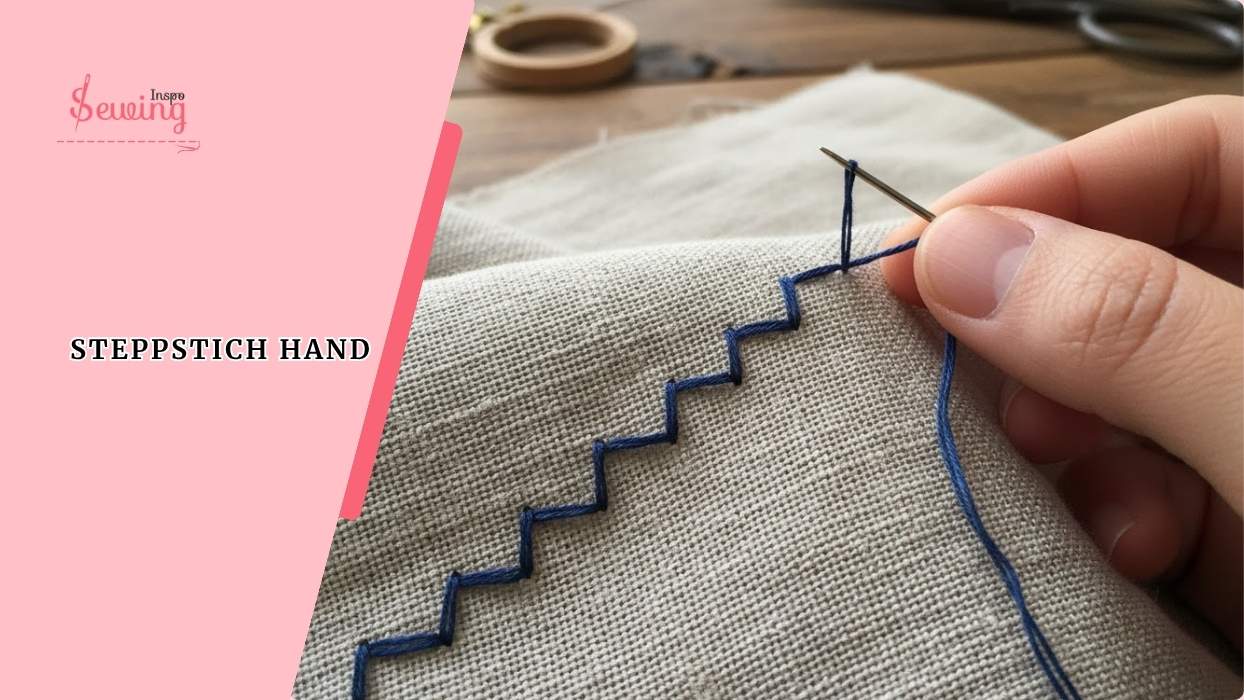
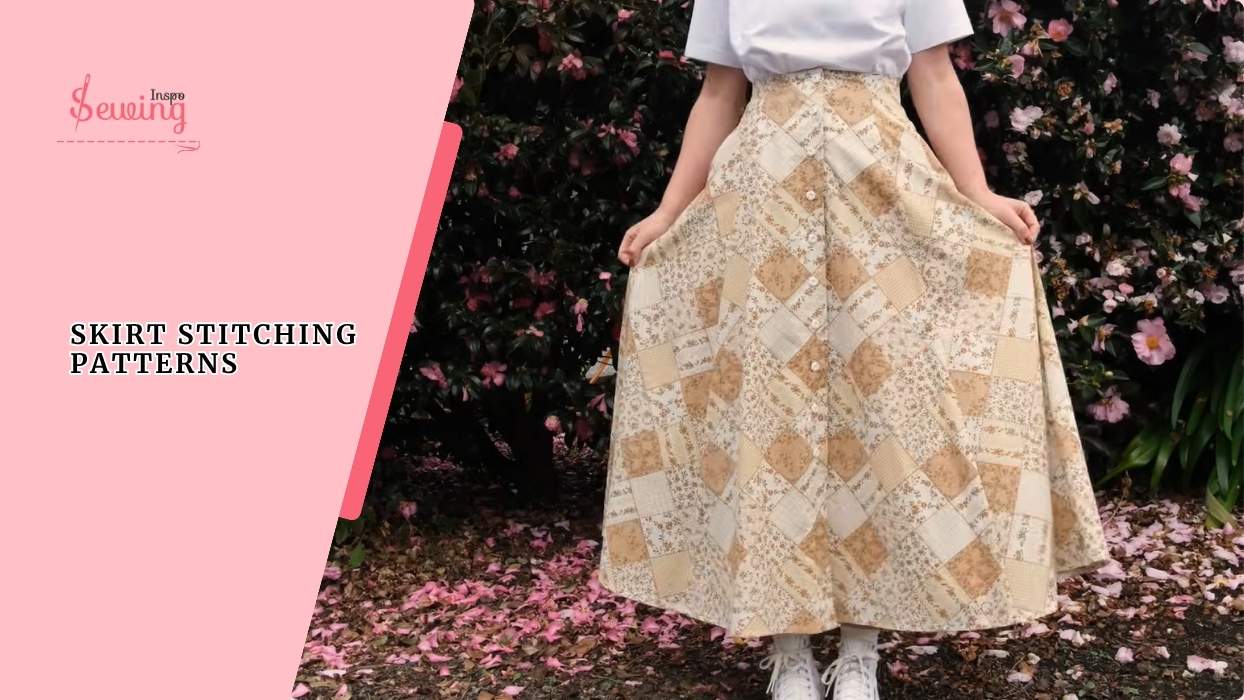
Leave a Reply